A collaboration among researchers in Israel and the United States has resulted in the discovery of a new pathway that has broad implications for treating allergic diseases – particularly eosinophil-associated disorders.
The researchers from Tel Aviv University and Cincinnati Children’s Hospital Medical Center have discovered how this pathway kills eosinophils before they can cause havoc. Eosinophils are normal cellular components of the blood, but when the body produces too many eosinophils they can cause a variety of eosinophilic disorders. These are disorders involving chronic inflammation resulting in tissue damage, often in the gastrointestinal system.
The study is published online in the journal Nature Immunology.
“The fundamental knowledge we have gained may one day yield new therapies to treat devastating eosinophilic disorders,” says Ariel Munitz, PhD, a researcher at the department of Clinical Microbiology and Immunology at the Sackler School of Medicine at Tel Aviv University and corresponding author of the study.
Eosinophils are regulated by interleukin 5 (IL-5), a protein that triggers eosinophils to leave the bone marrow and enter the bloodstream, where they can reach various organs. Dr. Munitz and Marc Rothenberg, MD, PhD, director of Allergy and Immunology at Cincinnati Children’s, have identified a pathway for counterbalancing what happens when IL-5 triggers eosinophils. The newly identified pathway involves a key checkpoint controlled by a pair of proteins, PIR-A and PIR-B, which the researchers now show have a critical role in eosinophil development.
PIR-A induces eosinophils to die and thus is in a perpetual tug-of-war with survival and growth signals driven by IL-5. The researchers discovered that PIR-A is dominant in this battle but that cell death doesn’t occur because PIR-B inhibits its actions. For PIR-A to win the battle and cause cells to die, PIR-B must be shut down.
The researchers studied asthmatic mice and discovered that asthmatic mice without PIR-B had little expansion of eosinophils in their blood and lungs and less asthmatic inflammation in their lungs than normal mice. The lack of PIR-B kept eosinophils from reaching harmful levels. The researchers hope that scientists can now target PIR-A to enhance its ability to kill eosinophils or weaken PIR-B so that it inhibits PIR-A to a lesser extent.




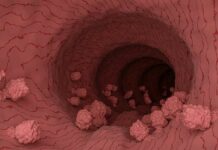
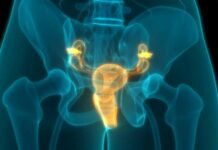


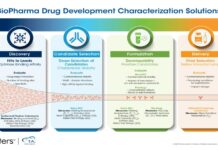
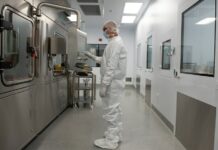
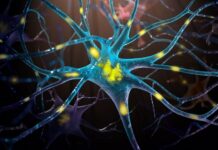






![Sirio Launches Global Research Institute for Longevity Studies [SIA]](https://www.worldpharmatoday.com/wp-content/uploads/2019/09/Sirio-218x150.jpg)


